Team or Privateering? How to make a living as a gravel racer
Now that one can make a career as a gravel racer, is it best to join a team or go it alone? The pros weigh in
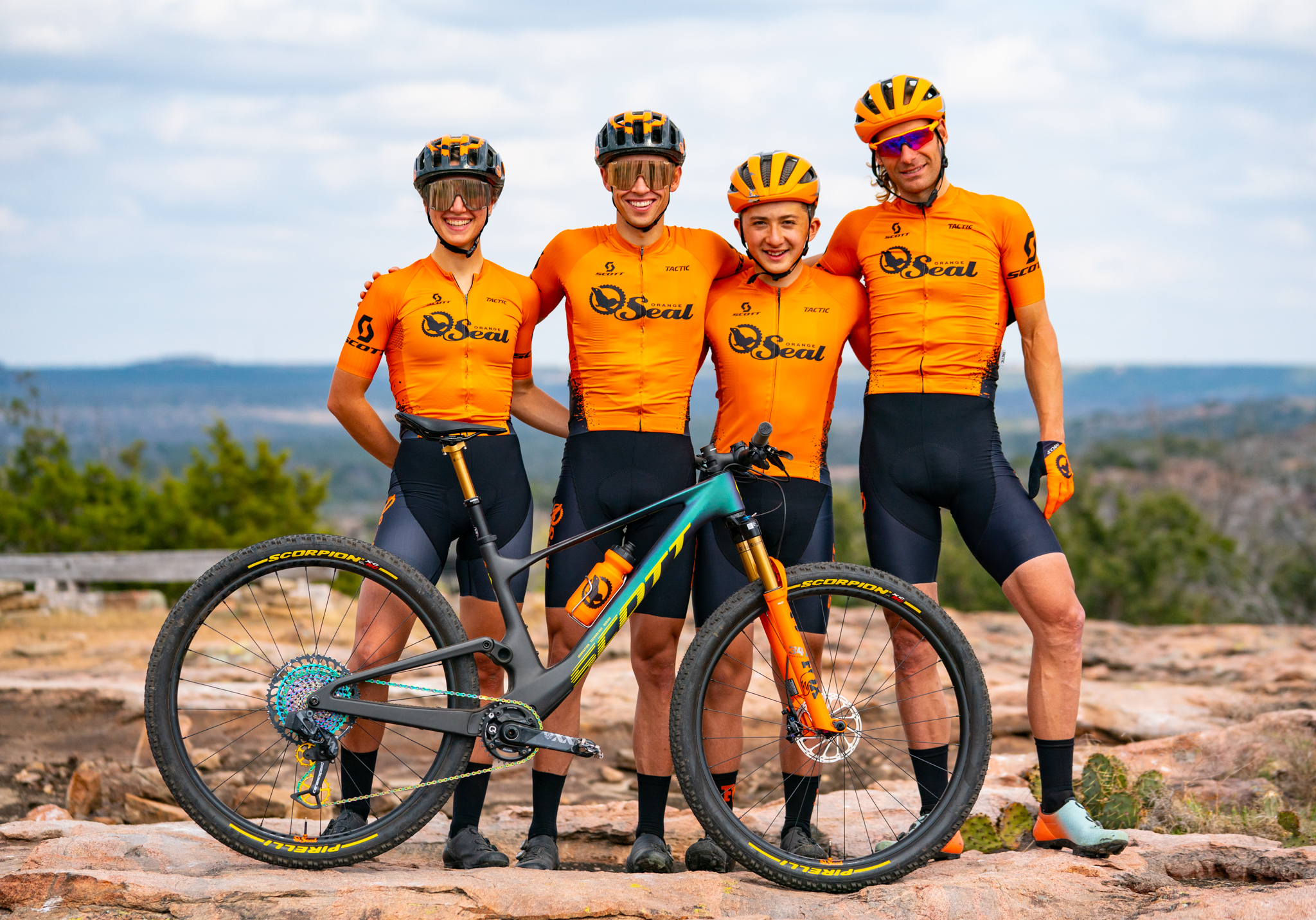
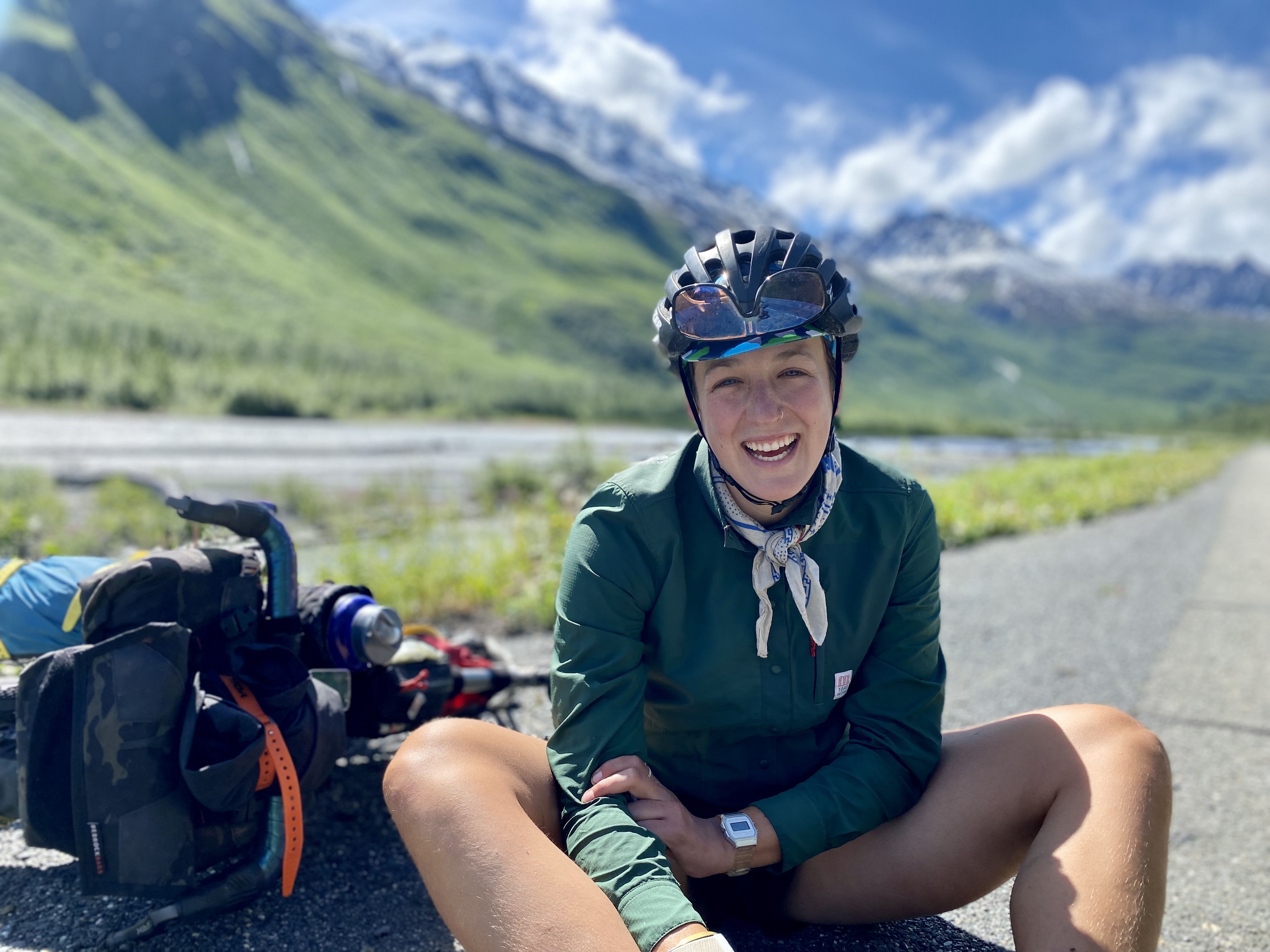
Gravel racing is still very much the wild frontier of professional bike racing with limited sanctioning, rules or standards. As such, professionals have been earning a living, managing their schedules and bringing their personality and talent into the sport in vastly different ways. Most riders have built what is called a privateer program where they create their own support system by acting as the direct contact for sponsors and working as their own manager. But we’re also seeing the emergence of more teams, loosely similar to how a road or elite mountain bike team might work.
Within the model of a gravel team, athletes are primarily responsible for their training and racing. A team manager will coordinate most of the logistics, travel and race schedule for their athletes. The team manager communicates with sponsors, manages the money that comes into the team and pays riders based on their contracts.
Alternately, a privateer athlete plays most of these roles on their own. Privateers will communicate with sponsors directly, coordinating gear, money, contracts and building a personal relationship with each brand. Most privateer athletes will plan their own travel and race logistics, manage their own marketing and directly hire any help from mechanics or other support.
Some athletes prefer a team model where they can put all of their focus on training and racing at the highest level possible. Other athletes actually thrive in a privateer model where managing the business side of cycling can allow them to feel more well-rounded and have more control of their careers. Within gravel cycling, the very few top-paid privateers make more money than most of the top riders who are on a team. For most riders though, they have chosen the model that works for their personality and couldn’t imagine the alternative.
As the gravel discipline is growing and riders are starting to build a career through gravel racing, what does the career path and day-to-day of a professional look like and where might there be new opportunities cropping up?
Privateer Chaos and Success
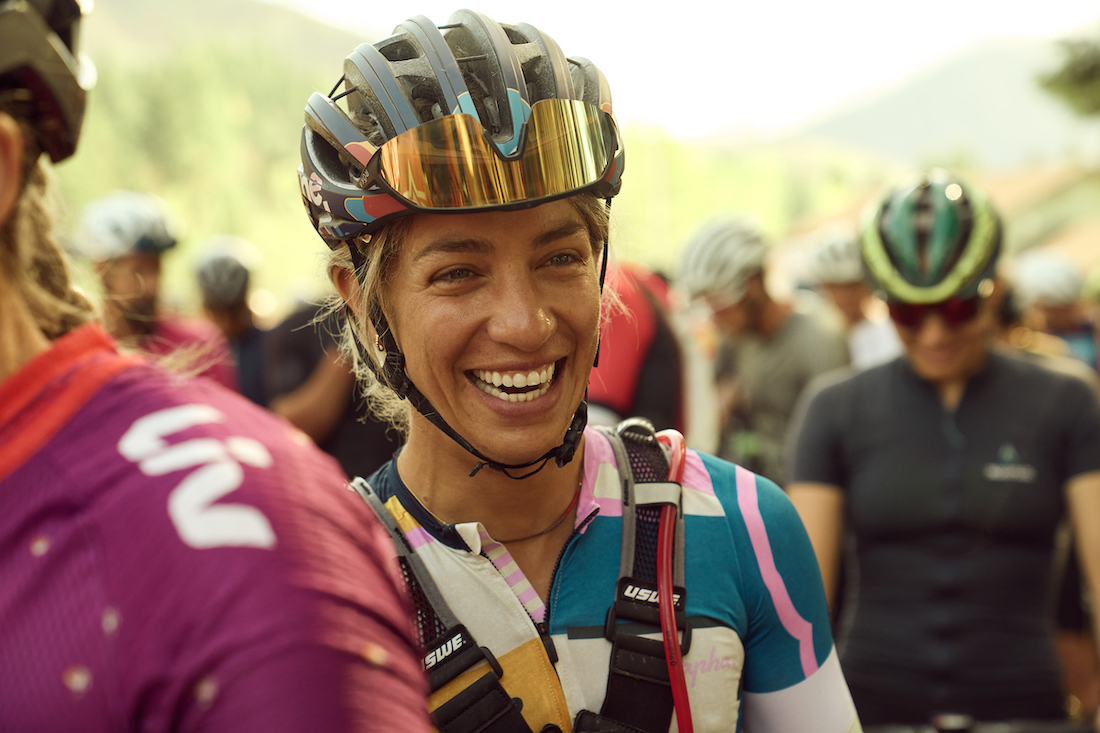
Sarah Sturm at the Oregon Trail Gravel Grinder
One of the most successful and charismatic privateers in the gravel scene is Sarah Sturm. Sturm, 29, finished third in the Life Time Grand Prix, a six race off-road series in the U.S. with a $250,000 purse split amongst the top finishers. The winner, Haley Smith, took home $25,000 dollars, while Sturm walked away $16,000 richer.
In the last few years, Sturm has built a privateer program with 8-10 sponsors from whom she receives a combination of direct payments, gear and financial bonuses. Sturm manages a career as a professional athlete and also coordinates her own media, sponsor relations and logistics.
Get The Leadout Newsletter
The latest race content, interviews, features, reviews and expert buying guides, direct to your inbox!
“I work 24/7,” Sturm says. “Right now I’m packing the bus to go do a photoshoot, I did a podcast this morning. I'm talking to you now, I published an article in VeloNews this morning and then I am going to do my ride. And this is a chill day.It's pretty dynamic, but I do have to work my ass off. But it’s cool, like, it's good work.”
For athletes like Sturm, the privateer model offers the opportunity for creativity and for learning how to run a business out of your own cycling career. Certain athletes stand out as thriving in this sort of chaos. Sturm says that while it is a wild way to orient around sports, she believes both her impact on the cycling community and her results are better because of her decision to be a privateer.
Keeping it Simpler on a Team
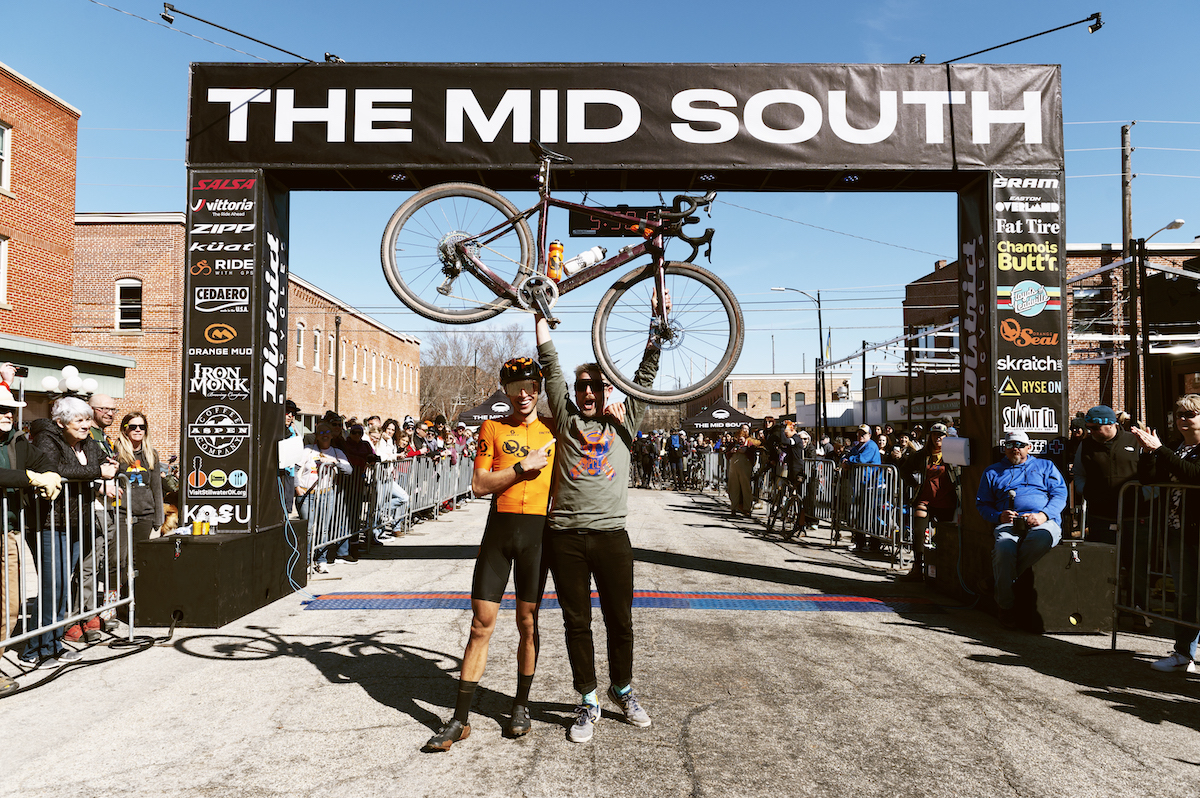
Cole Paton, left, won the Mid South in March
Sharing the same start lines but living vastly different lives are riders who are on an established team, which are starting to emerge in gravel racing. Two dominant U.S. athletes, Savilia Blunk and Cole Paton, are currently on the Orange Seal Off-Road Team. Blunk spent the year primarily racing the mountain bike World Cups as a first year elite and Paton competed in the Life Time Grand Prix.
The team takes care of pretty much everything for us. They take care of our sponsors and getting our equipment up and running. When we get to events we have mechanic support,” Paton says. “They pretty much get us to each event with booking our travel and lodging. So it really is hands off. It's just up to us to train and race. This support is a huge reason why we wanted to be with the team.”
Interestingly, Blunk and Paton did build a privateer team at the end of 2020. After finding themselves without contracts, the couple looked to the privateer model in order to keep the momentum in their careers.
“Privateering for us was super stressful at the time. Savilia and I weren’t super established or known and we didn’t have any experience communicating with these companies and their marketing departments. We had no idea what our value was and we didn’t know what to ask for,” Paton says.
“We really did make things up as we went, whether it was for the better or the worse. It was fun but it definitely put a ton of stress on us.”
For athletes like Blunk and Paton, moving away from the logistics of running their own program has allowed them to find their footing in two very competitive seasons. The support of their team has made their stand-out seasons possible and matches with their personality and desires to put all of their efforts into training and racing.
For other athletes, the privateer model allows for a certain creativity that can be exciting and fulfilling. Other athletes find the privateer model seriously takes away from their results and adds stress to their year. For Blunk and Paton, joining a team was a welcome relief.
While riders on a team get to focus on solely training and racing, their schedules, media presence, and equipment are largely decided for them. Some teams allow their riders to seek sponsorship outside the team partners and others do not. Riders may also lose out on unique race or event opportunities if it does not align with their team’s agenda.
Further, there are very limited teams within gravel racing and the field of aspiring riders is only growing. There are no easy channels for finding a team, applying or building the connections necessary to join a team. Much of the team recruitment comes from managers who have existing relationships with certain riders or have been watching the success of athletes for years before they ask them to join a team.
Teams are typically more focused on results than athletes who run a privateer model. Privateers are often paid by their sponsors because of their significant media presence or the community events the racers organize. Team riders, on the other hand, may only get bonuses from race results and their team often prioritizes racing over other activations which may bring value to the sport.
Some disciplines, such as road cycling, have minimum wages set for the WorldTour, UCI Pro and Continental level teams, with notable discrepancies between the men’s and women’s sides. Gravel cycling does not have a set minimum salary, meaning the range of cyclists salaries can run from almost nothing to a decent and comparable wage to some road racers. According to Inspire Athlete Management, who works with various athletes, the top gravel riders can gross up to $100K to $200K but many are paid just a fraction of this amount.
Adding in Management Agencies
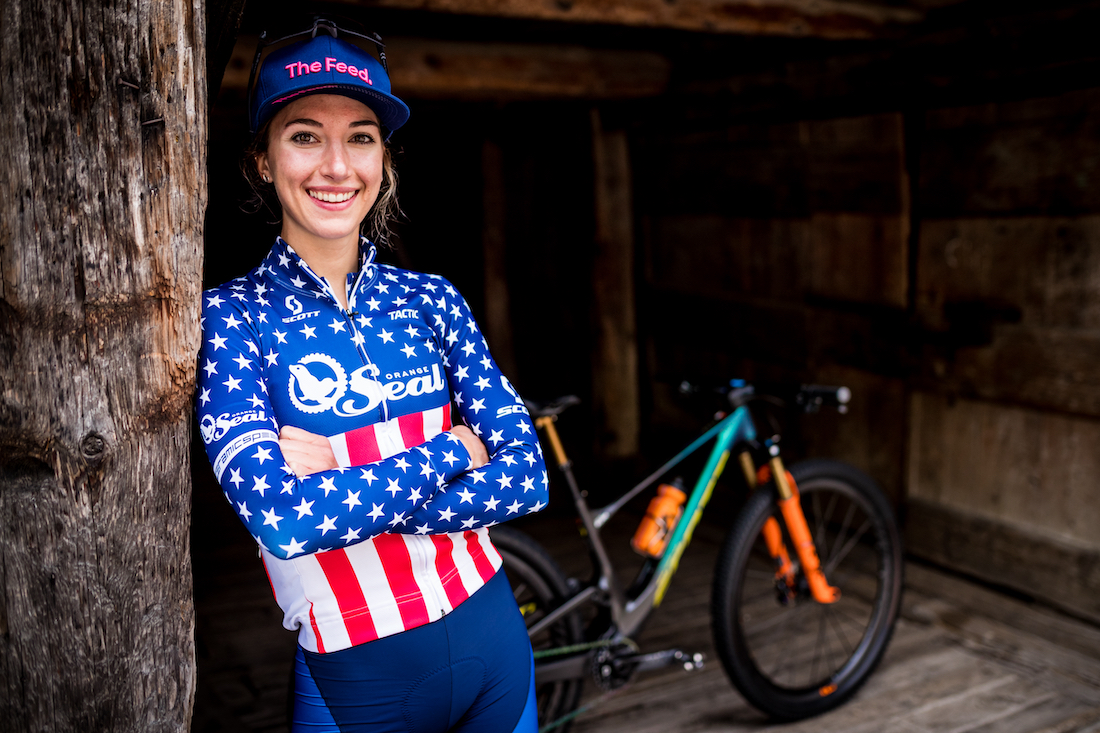
Savilia Blunk / Orange Seal Off Road Team
In most sports, athletes work with a management agency to negotiate their contracts. In cycling, this idea is still not mainstream. One newer management agency, called Inspire Athlete Management, aims to support cyclists as they navigate the complicated dynamics of either changing teams or transitioning into or out of a privateer model.
Simon Williams, one of the co-founders of Inspire Athlete Management, works as a connector between athletes and brands to take some of the pressure off of the athlete to manage all of the brand relationships on their own. Williams has supported high profile athletes such as Emily Batty who left a factory cross country team and started her own privateer team.
Blunk and Paton recently signed with Inspire Athlete Management in order to have someone else on their side as they work with teams, sponsors outside of the team and new offers.
“It’s very hard to advocate for yourself and to know what you're worth in the marketplace” Williams says. Inspire Athlete Management irons out the communication between brands and athletes and therefore allow athletes to be paid more fairly based on their performance and value to the sport
When asked about privateers specifically, Williams says it is a super challenging job for athletes to also be entrepreneurs. Williams believes there are only a few people who can really thrive as privateers, but for those specific people, it is an awesome opportunity.
Sturm says she has spoken with athlete management agencies before in the hopes it could relieve some of her stress around navigating so many sponsorship relationships. During those conversations though, she was advised and realized her career is largely built on the relationships she has personally made with her sponsors, as well as her strong results. Sturm says she has a professional and friendship-based relationship with sponsors and doesn’t want to give that up by asking a management agency to take over their communication.
The Future of the Sport
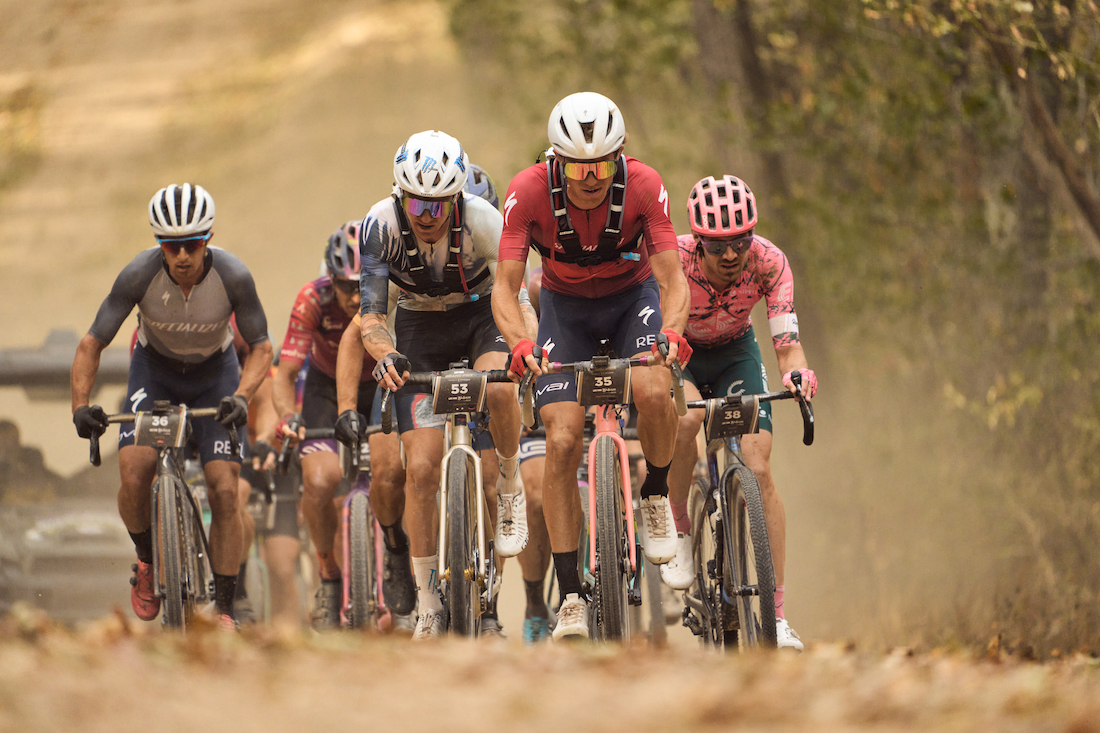
In some ways, both Sturm and Williams suggested that there is a pretty deep saturation of privateers at the very top of the sport and it is tricky to build to that point without first spending time on a team.
Sturm says she expects there will be more teams in gravel racing as brands realize it is easier for them to manage their athletes when they are all under one umbrella organization.
However, Blunk and Paton, when asked about the future of the sport, said they think the model is moving towards privateering because there are so few teams at this time.
One big question is concerning how junior riders and U23 riders can make the jump to the elite level. There are limited junior teams and even fewer U23 teams. Unfortunately, there is a huge drop off of riders in the U23 years, in part due to the lack of team structure, support, or money for these riders.
The Orange Seal Off-Road team does have one development rider, Maddex Thiel, age 14, who is learning from Blunk and Paton how to be on a team. Thiel can travel and race with the team as he begins to understand the commitment it takes to race at the highest level of cycling.
“It is one of the hardest parts of the sport to break into the pro field. One of the biggest things though is to grow your network. Focus on talking to people at events, talk to companies and teams and introduce yourself. It’s not easy but it is super important to put yourself out there in that way,” Blunk says.
For athletes looking for a team, this approach is critical. Much of the development of teams or support in cycling comes from building relationships, establishing a unique brand for yourself in person or on social media and pairing this with results.
Sturm recommends starting by asking small local companies or shops to start a mutually beneficial partnership with you. Sturm notes that it is important to see yourself through the brand’s eyes - remember that you are there to bring them value so it pays to be creative in what you can offer. Additionally, Sturm highlights how important it is to be actively spending time with a variety of people in the cycling community in order to establish relationships and build a sustainable career for yourself.
Sturm has also brought on a development rider, Ellen Campbell, to her privateer program. Sturm was intentional in who she asked to join the team. Sturm offers Campbell race support but also mentors her in how to network and maintain relationships with sponsors as an athlete. “I leveraged the support that I have received over the years to bring another woman in,” Sturm says.
Sturm recognizes the huge gap for riders in the early years of their career and encourages any junior riders to find a community and continue finding the fun in cycling for as long as possible. Sturm says that as a junior it is way more important to learn to enjoy the process of riding and racing first without trying to build a privateer program or rushing to find a team with big expectations about the support you’ll receive.
Ultimately, building a cycling career comes down to differentiating yourself through your own unique combination of race results and whatever else you choose to bring to the sport. Some riders can coast on their results, other riders are more suited to building a personal brand, offering podcasts, media, creating community events, leading rides, coaching kids, or connecting in person in their community. As Sturm says, “Even though we are all at the same events, you do ultimately want to make yourself different from other people.”

Thank you for reading 20 articles this month* Join now for unlimited access
Enjoy your first month for just £1 / $1 / €1
*Read 5 free articles per month without a subscription

Join now for unlimited access
Try first month for just £1 / $1 / €1

Emily Schaldach has taken to writing and riding, both to near obsession. Her favorite moments are riding above tree-line, racing CX, or coaching high school mountain bikers. Schaldach writes a weekly Substack newsletter called Too Many Socks and has written for VeloNews, Gear Patrol and Experience Life. Schaldach was born in Durango, Colorado and currently lives in Reno, Nevada with her two best friends and big old black lab named Hoola. She races for the BitchnGrit Cycling Team with Firefly Bikes and TenSpeed Hero - creating a dream dynamic of artwork and hardwork on every ride.
-
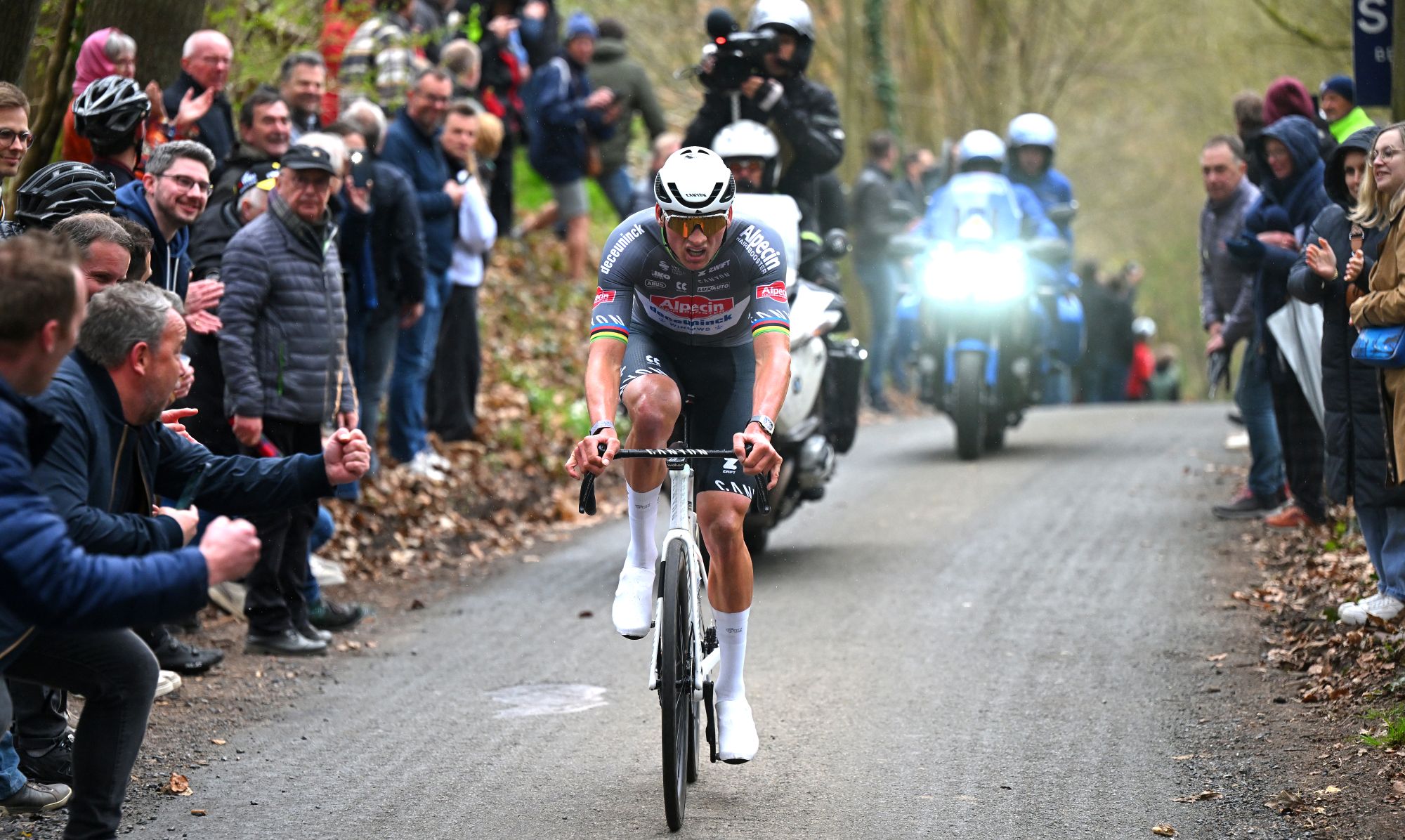 'I start every race to win' - Mathieu van der Poel fired up ahead of Paris-Roubaix showdown with Tadej Pogačar
'I start every race to win' - Mathieu van der Poel fired up ahead of Paris-Roubaix showdown with Tadej PogačarTwo-time winner says he has suffered with illness during spring Classics campaign
By Tom Thewlis Published
-
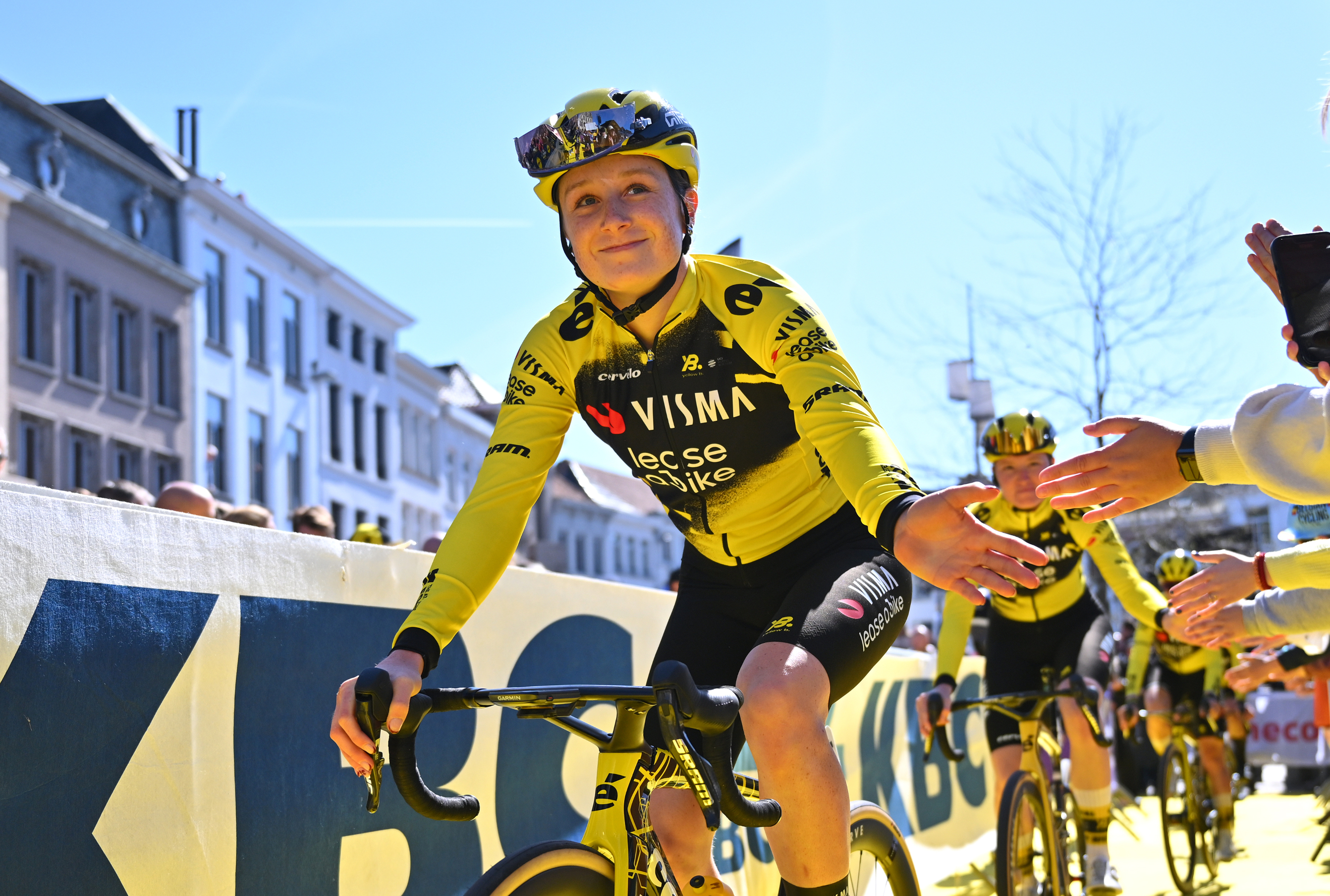 'It's really surreal that now I'm part of it' - 19-year-old Imogen Wolff set to go from spectator to racer at Paris-Roubaix
'It's really surreal that now I'm part of it' - 19-year-old Imogen Wolff set to go from spectator to racer at Paris-RoubaixBrit first came to see the 'Hell of the North' when she was six
By Tom Davidson Published
-
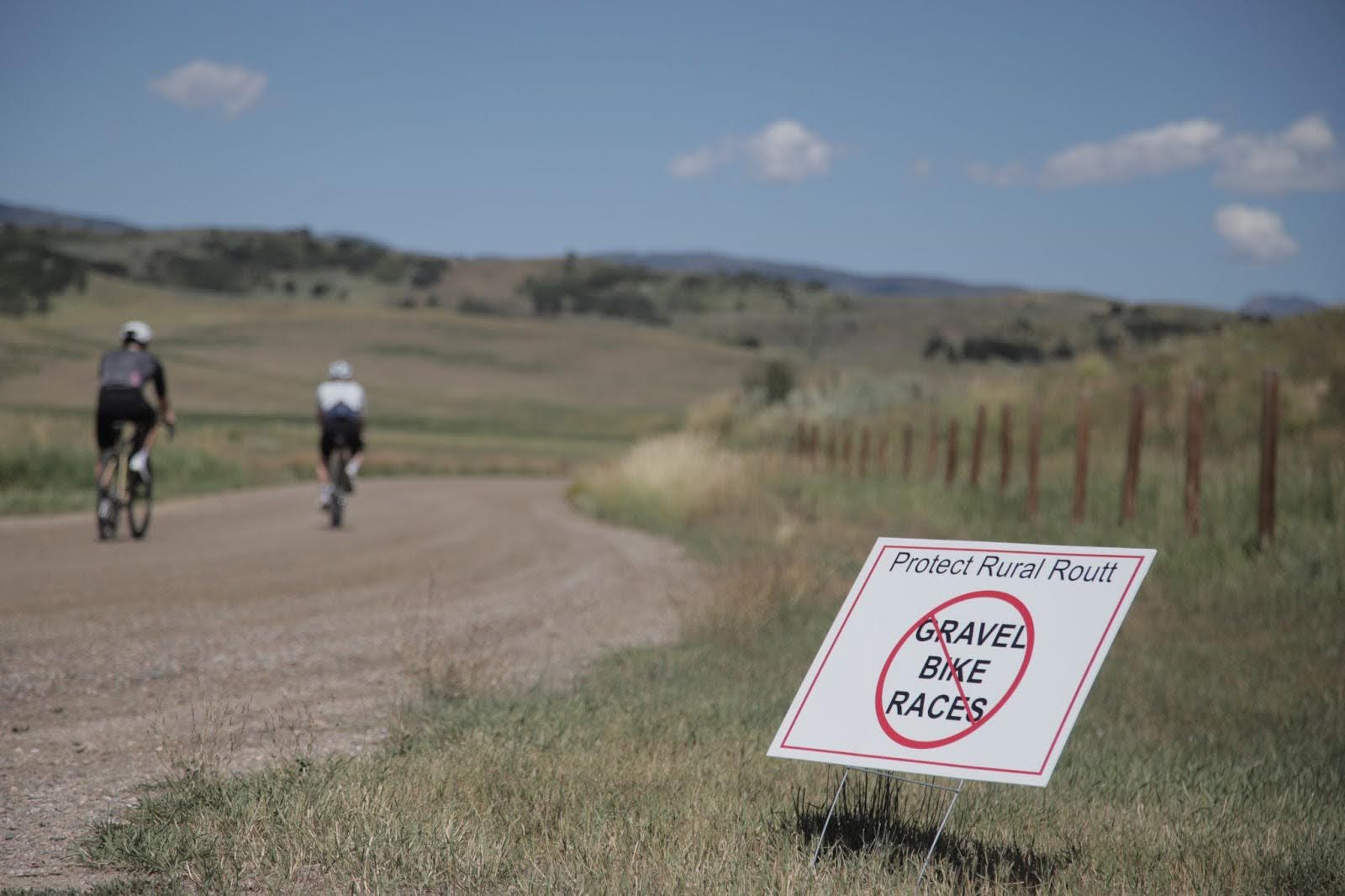 Signs of protest won't dampen the stoke around SBT GRVL this weekend
Signs of protest won't dampen the stoke around SBT GRVL this weekendSBT GRVL will run its fifth edition this weekend, and the stakes have never been higher.
By Logan Jones-Wilkins Published
-
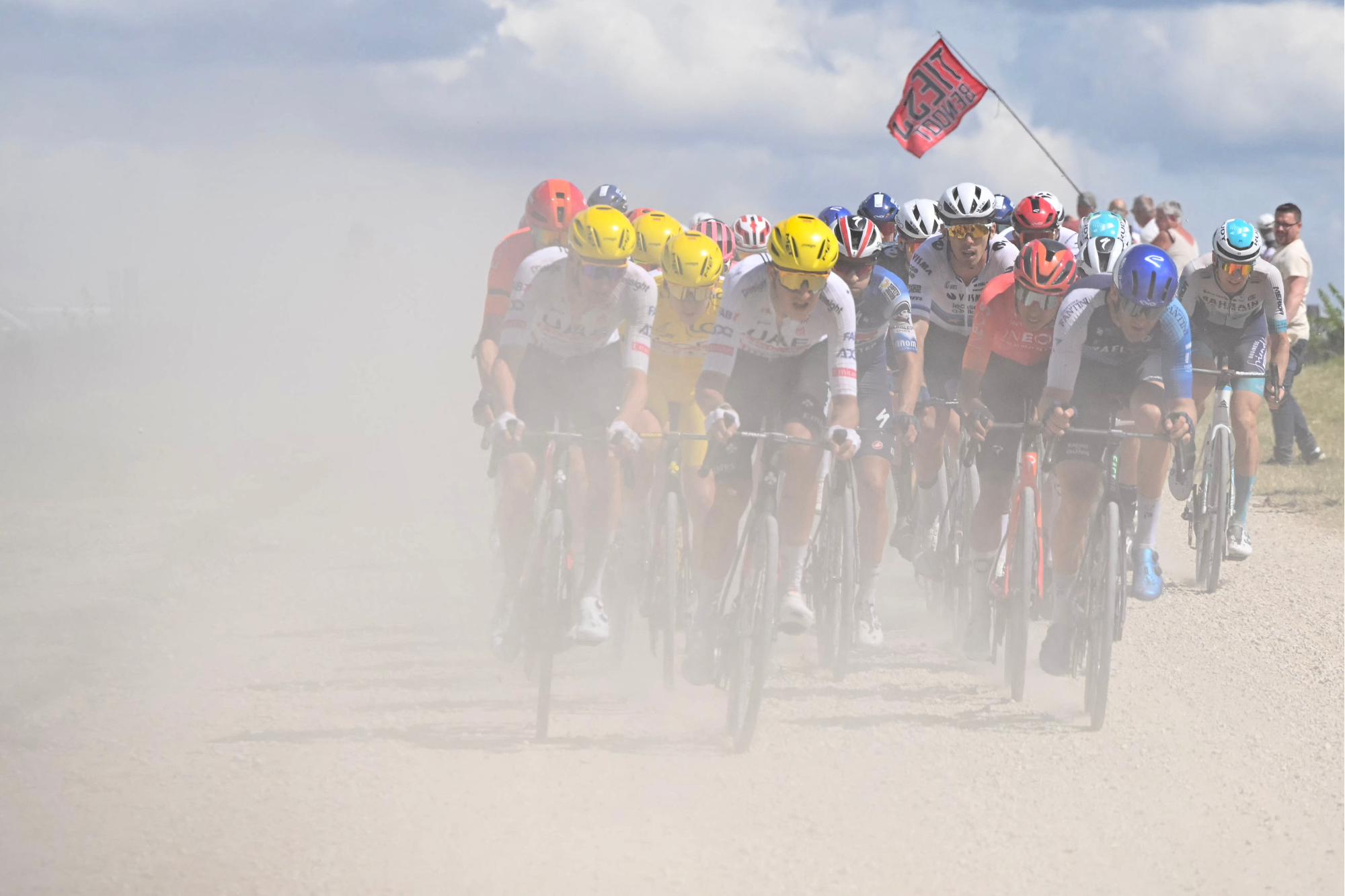 Tour de France peloton reacts to a ‘vicious, brutal and slapstick’ gravel stage
Tour de France peloton reacts to a ‘vicious, brutal and slapstick’ gravel stageDoes gravel belong in the Tour de France? The jury is still out
By Chris Marshall-Bell Published
-
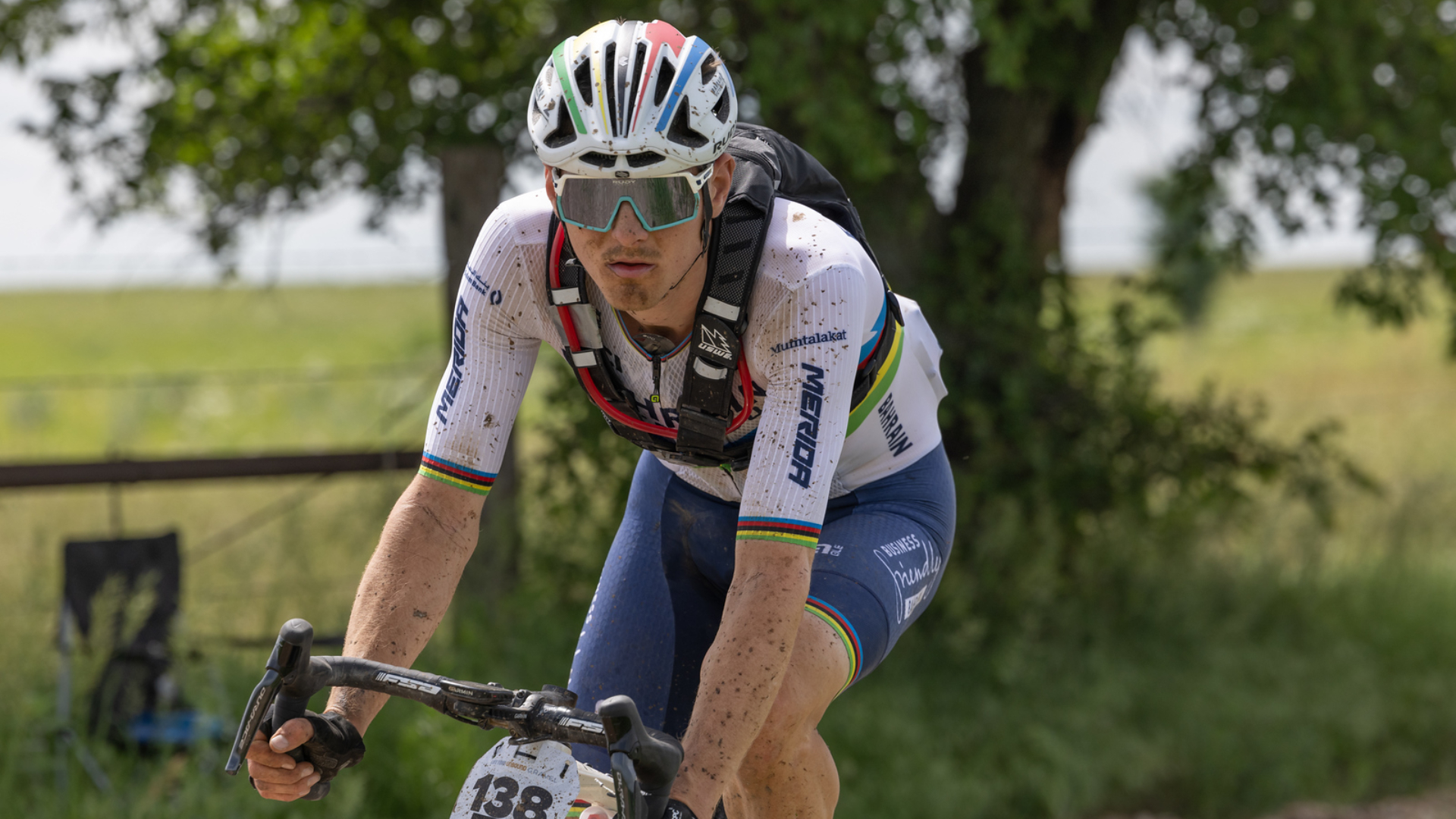 Gravel world champion Matej Mohorič out of Unbound with broken rim and several flat tires
Gravel world champion Matej Mohorič out of Unbound with broken rim and several flat tiresHe may have been one of the most marked men in the Unbound 200 peloton, but it wasn't Matej Mohorič's day today. The gravel world champion suffered two flat tires and a broken rim.
By Anne-Marije Rook Published
-
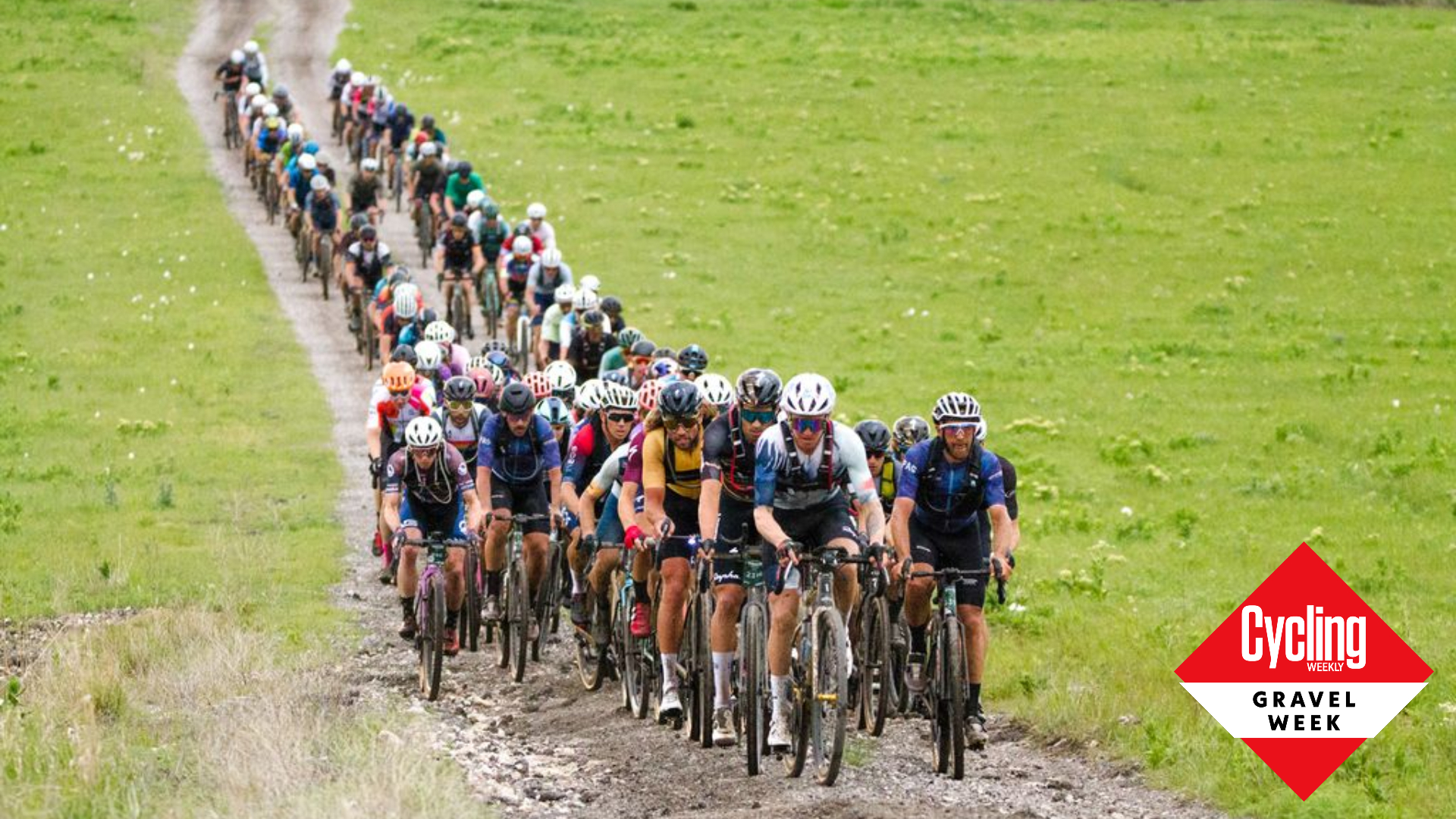 What is Unbound Gravel, who's racing and where to watch the world's 'premier gravel event'
What is Unbound Gravel, who's racing and where to watch the world's 'premier gravel event'WorldTour roadies, track world champions and MTB Olympians joining thousands of participants, Unbound Gravel has grown to be the world's biggest gravel race.
By Anne-Marije Rook Last updated
-
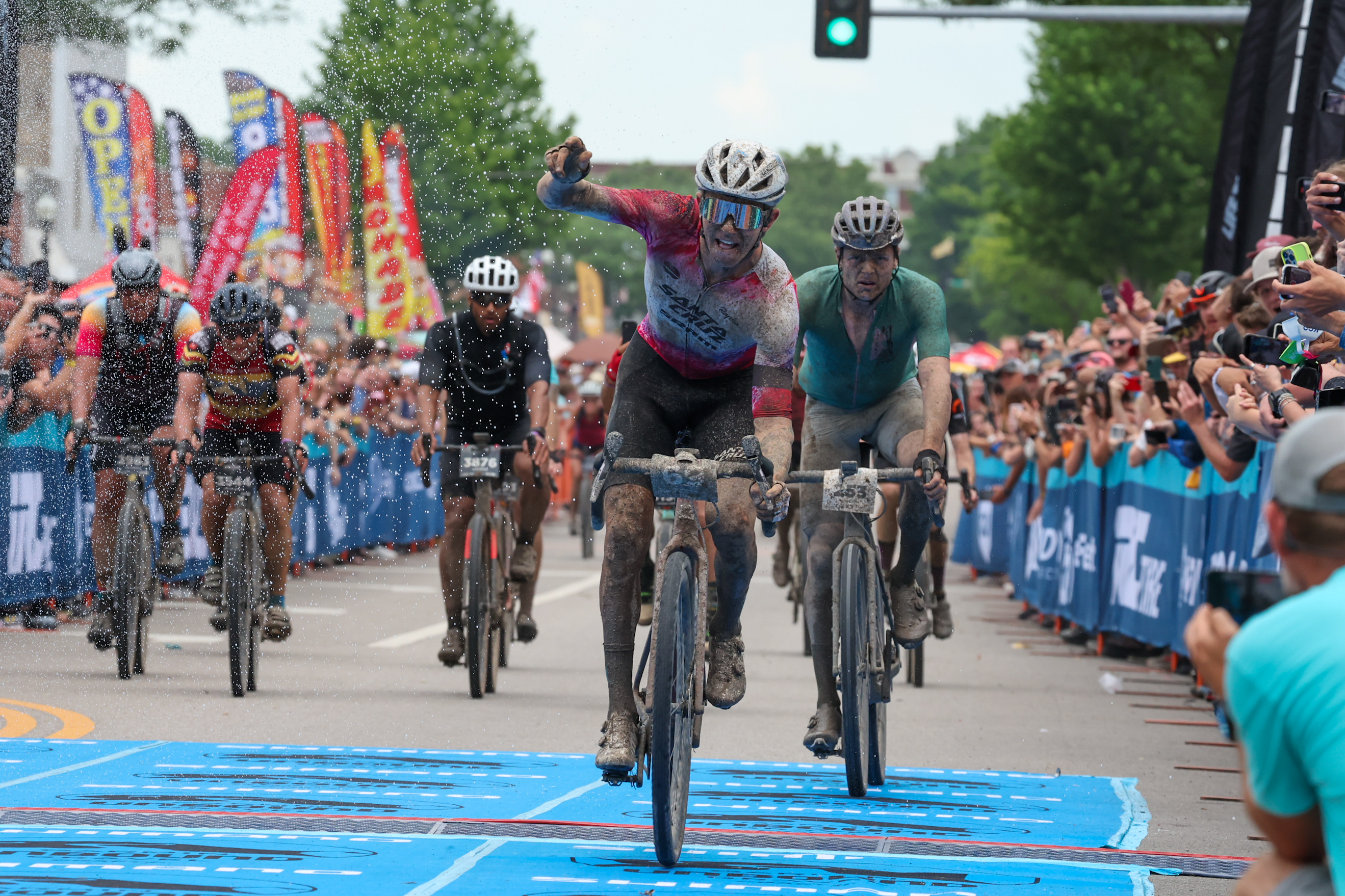 Smaller field, bigger prize purse: Meet the cast of the 2024 Life Time Grand Prix
Smaller field, bigger prize purse: Meet the cast of the 2024 Life Time Grand PrixWatch as a cast of 70 handpicked WorldTour roadies, track world champions and MTB Olympians compete for the $250,000 prize purse
By Anne-Marije Rook Published
-
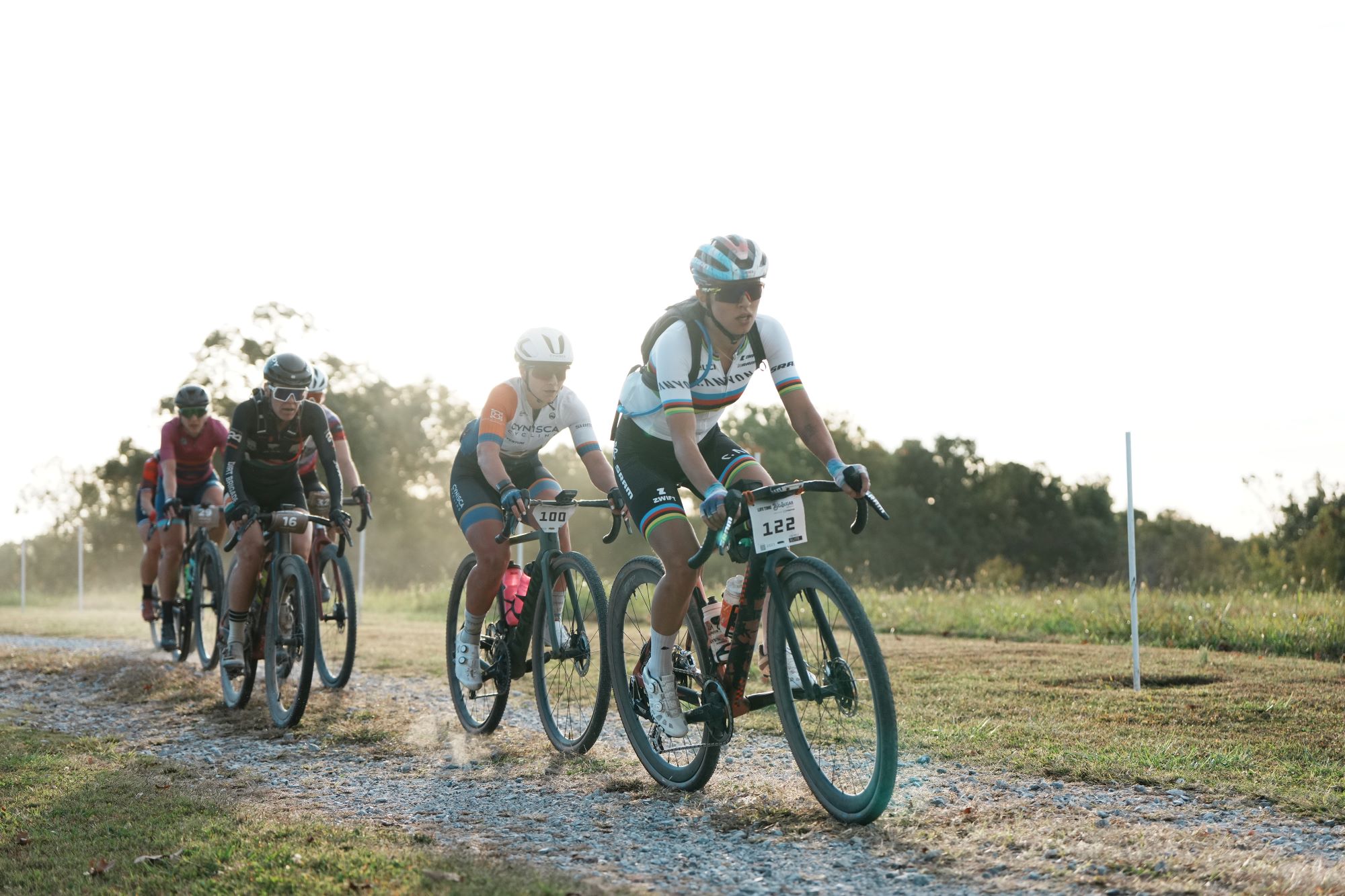 'Gravel is insanely hard' - Kasia Niewiadoma shows of her rainbow jersey with a win at Big Sugar Gravel
'Gravel is insanely hard' - Kasia Niewiadoma shows of her rainbow jersey with a win at Big Sugar GravelNorwegian Torbjørn Andre Røed takes the sprint in the men's race
By Anne-Marije Rook Published
-
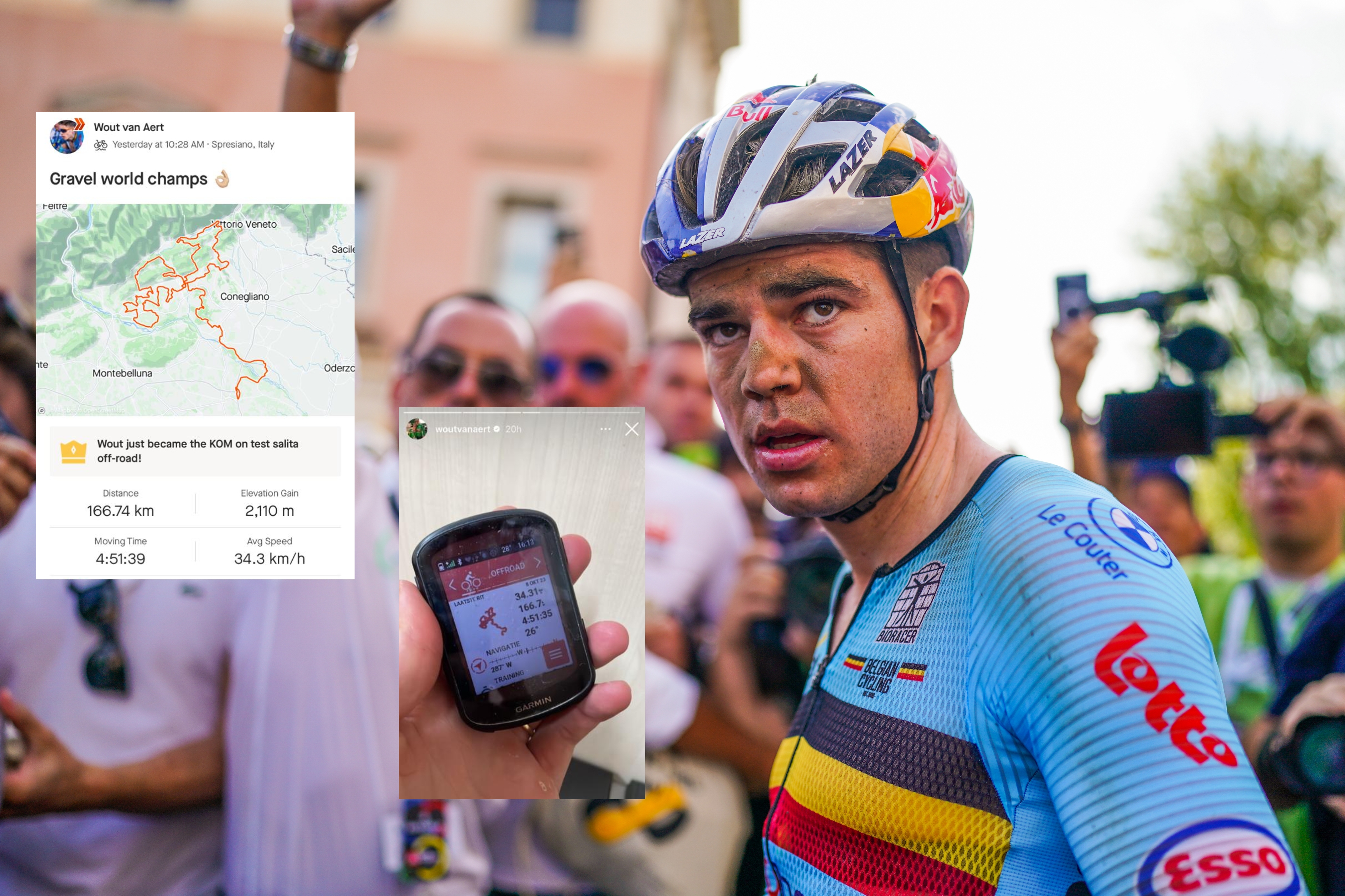 Wout van Aert rides Gravel World Championships faster than winner, finishes 8th
Wout van Aert rides Gravel World Championships faster than winner, finishes 8th29-year-old's Garmin file suggests his form was on par with Matej Mohorič
By Tom Davidson Published
-
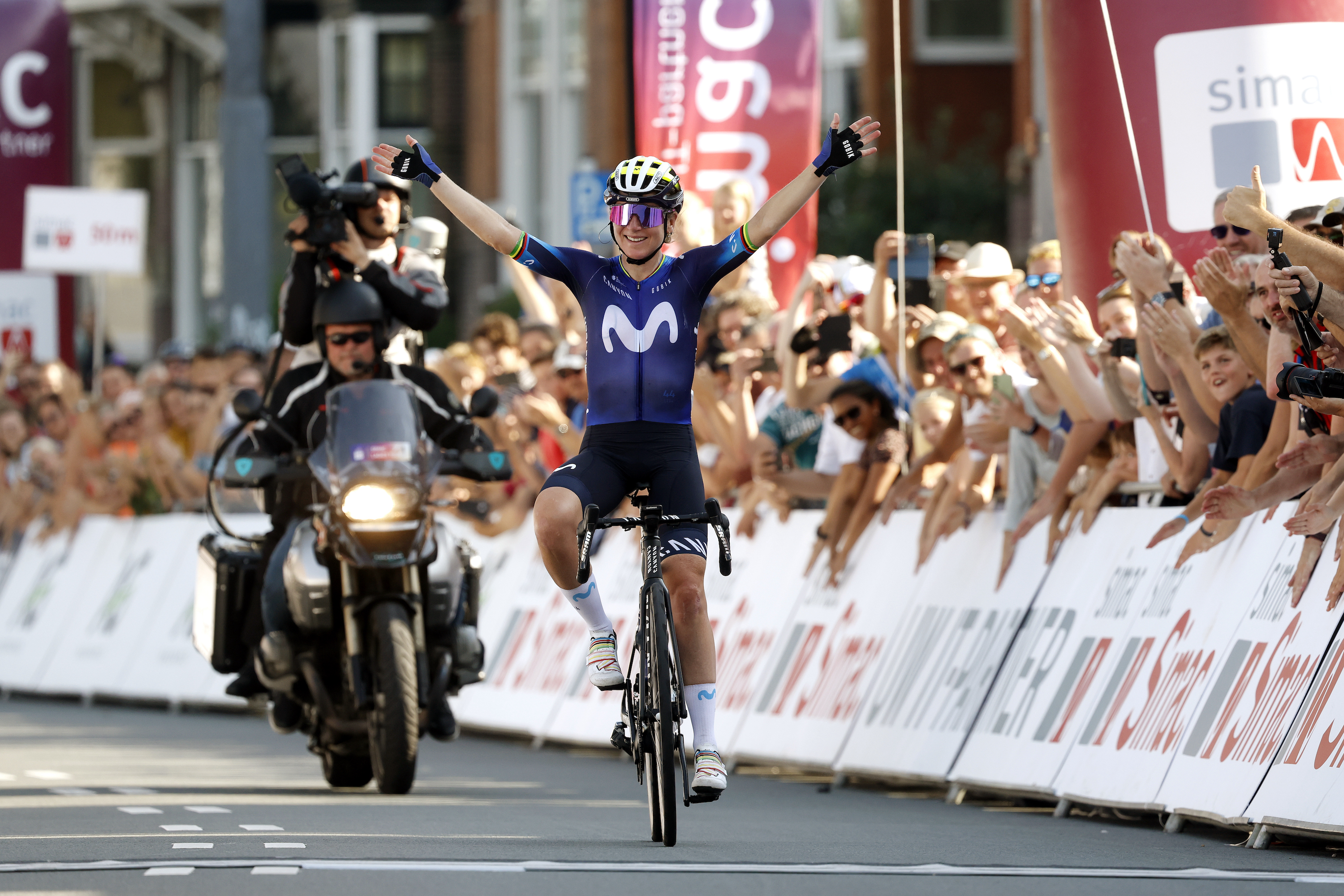 Retirement lasts just one month for Annemiek van Vleuten as Gravel World Championship ride calls
Retirement lasts just one month for Annemiek van Vleuten as Gravel World Championship ride callsDutchwoman insists that she has no interest in gravel racing career
By Adam Becket Published